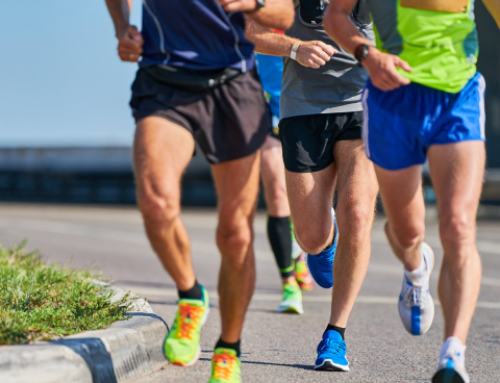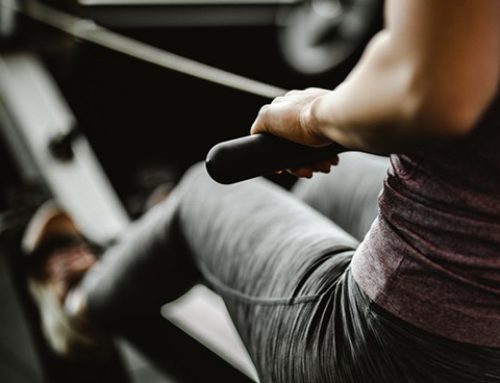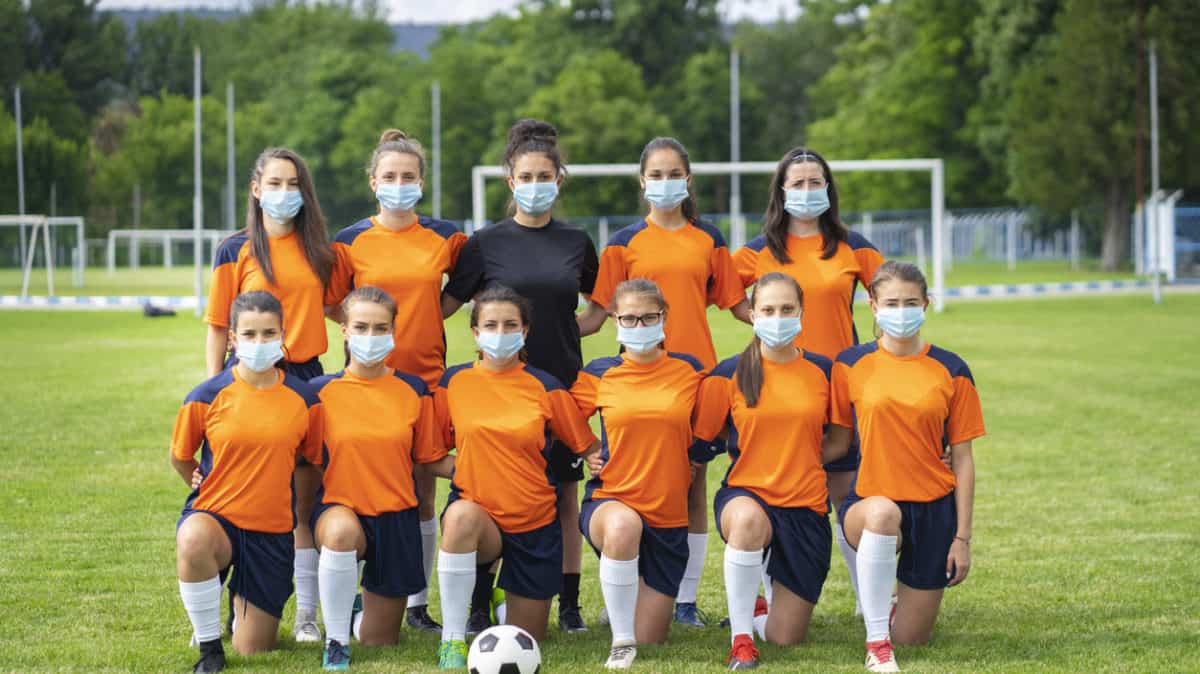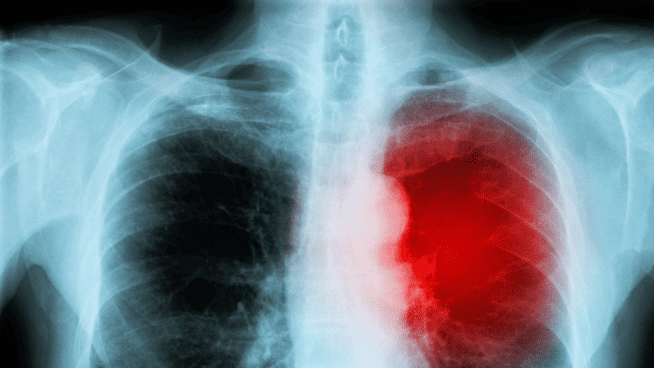Get Faster: Sprinting Technique
Whether you’ve been blessed with the ability to fly or not, speed can be taught—and thus dramatically improved. It starts with learning and implementing proper running form and sprinting technique. Mastering proper sprint technique is perhaps the most immediate way to improve speed. In fact, athletes have improved their speed dramatically after a single session of speed mechanics training. Among the key elements addressed in such sessions are proper foot strike, posture, head position, arm action and joint angles.
Without correct sprinting technique, an athlete will never reach his or her full speed potential. In addition, proper running form helps prevent injuries that can result from additional stress on the joints caused by poor mechanics. Most experts recommend that a speed training program first address an athlete’s sprinting form before layering on additional elements of speed training.
After mastering proper sprinting mechanics, an athlete will ensure that he or she is firing the proper muscles in the correct sequence. This allows the athlete to generate more force into the ground with less foot-ground contact time. The result is increased stride length and stride frequency—the two key elements of getting faster.
Start Improving Sprint Technique
Sprint Form Checklist
Master the Four Points of Good Running Form
The STACK Guide to Getting Faster
Part 1: Overview
Part 3: Strength and Power
Part 4: Speed Workouts
Part 5: Types of Speed Development
Part 6: Change of Direction and Agility
RECOMMENDED FOR YOU
Get Faster: Sprinting Technique
Whether you’ve been blessed with the ability to fly or not, speed can be taught—and thus dramatically improved. It starts with learning and implementing proper running form and sprinting technique. Mastering proper sprint technique is perhaps the most immediate way to improve speed. In fact, athletes have improved their speed dramatically after a single session of speed mechanics training. Among the key elements addressed in such sessions are proper foot strike, posture, head position, arm action and joint angles.
Without correct sprinting technique, an athlete will never reach his or her full speed potential. In addition, proper running form helps prevent injuries that can result from additional stress on the joints caused by poor mechanics. Most experts recommend that a speed training program first address an athlete’s sprinting form before layering on additional elements of speed training.
After mastering proper sprinting mechanics, an athlete will ensure that he or she is firing the proper muscles in the correct sequence. This allows the athlete to generate more force into the ground with less foot-ground contact time. The result is increased stride length and stride frequency—the two key elements of getting faster.
Start Improving Sprint Technique
Sprint Form Checklist
Master the Four Points of Good Running Form
The STACK Guide to Getting Faster
Part 1: Overview
Part 3: Strength and Power
Part 4: Speed Workouts
Part 5: Types of Speed Development
Part 6: Change of Direction and Agility










